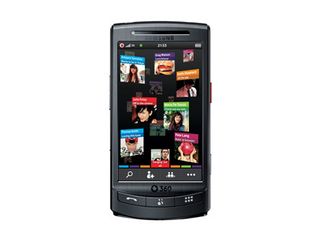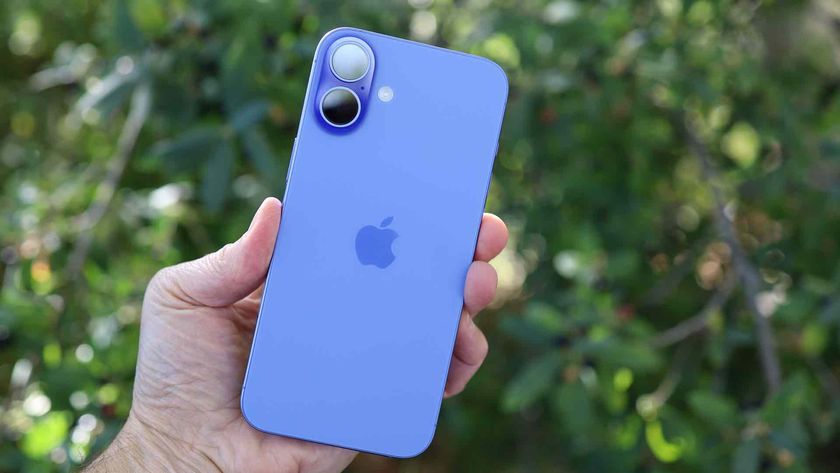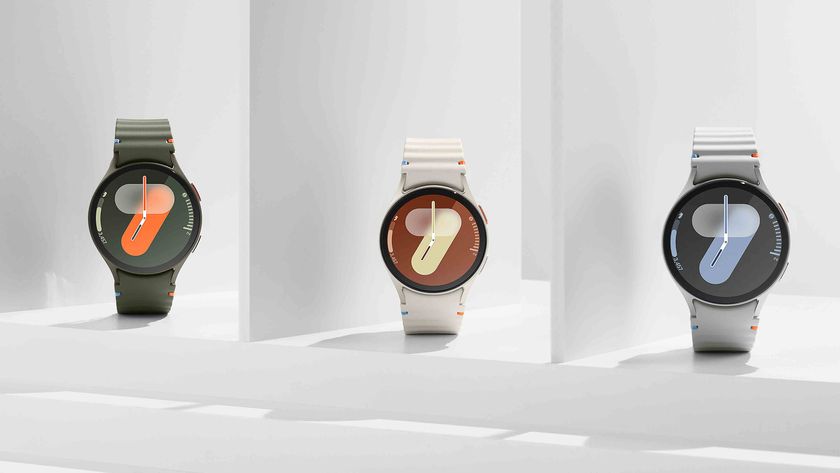Mobile web design: platform by platform
iPhone, Android, Windows Phone, Web OS, Nokia and BB
The operators
Vodafone, Orange, O2, T-Mobile and 3 already sell applications, specifically selected for their customer and handset range. This isn't a new feature, though, as they've had the ability to sell content for some time. For example, Vodafone Live was launched way back in 2002, although it was more of a portal than an app store as such. The success of Apple, Google and Nokia app stores have made operators realise that they need to compete.
One initiative announced earlier this year was a universal app store, with key backers involving the network operators: Telefonica, Orange, AT&T, China Mobile, India's Bharti Airtel and Japanese operator NTT DoCoMo as well as device manufacturers: Sony Ericsson, Samsung and LG. Their aim is not to compete with Apple but to focus on the lower end of a largely untapped market by focusing on standards like BONDI and JIL.

CO-OPERATION: The Samsung H1 is a tailor-made Vodafone 360 phone, but the 360 experience is also available on a range of Nokia phones too
Last September, Vodafone launched a service titled 'Vodafone 360' to replace Vodafone Live. It's a collection of services that allows close integration of social network information such as Twitter and Facebook into your phone experience and includes an app store.
Vodafone has recently announced that it has over 7,000 applications available to customers – 2,000 more titles than Orange, which also launched an app store late last year. The operators have a lot of work to do though, as companies like Tesco are specifically choosing device manufacturer app stores over network operators (at least for the initial launch).
There are a number of advantages, such as a lesser requirement on porting because they can focus on a narrower range of handsets on the same platform. This in turn allows these big brands to publish the app sooner rather than later.
Get daily insight, inspiration and deals in your inbox
Sign up for breaking news, reviews, opinion, top tech deals, and more.
The indies
Are the independent app stores worth considering? Well, just going on downloads, the mobile internet messaging (IM) brands such as Nimbuzz and mig33 have roughly 30million and 23million respectively on GetJar alone. Additionally, GetJar are currently recording 50million downloads per month throughout their store with support for over 2,000 phones. So, what's the catch?
GetJar at this point doesn't have the functionality to charge for apps, so essentially your app will be available for free. To make the most out of your download numbers and generate revenue you'll currently have to employ in-app advertising. GetJar has mentioned in the past that it's working on a payment mechanism, but we'll have to wait for this.
It's certainly worth noting that PocketGear – who recently bought Handango, making it the third largest app store in the world – already has a payment system in place.
Where to start
There's a lot of choices to make when it comes to building your app for mobile devices. My suggestion would be to start off with what you feel most familiar with. If you have a web-standards background, start experimenting with HTML5 and CSS on iPhone, Palm Pre and Android browsers.
Although emulators help a lot, there's nothing like testing your application on a real device, where you start to understand what a user experience in a 2G-only zone is like. If you fancy creating an native-esque app using your web skills, look into using one of the packaging tools like PhoneGap or Elipse that enables you to publish to a number of mobile platforms.
- 1
- 2
Current page: Web design for mobile: operators and indies
Prev Page Web design for mobile: the platforms explored












